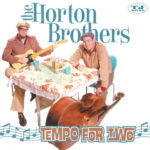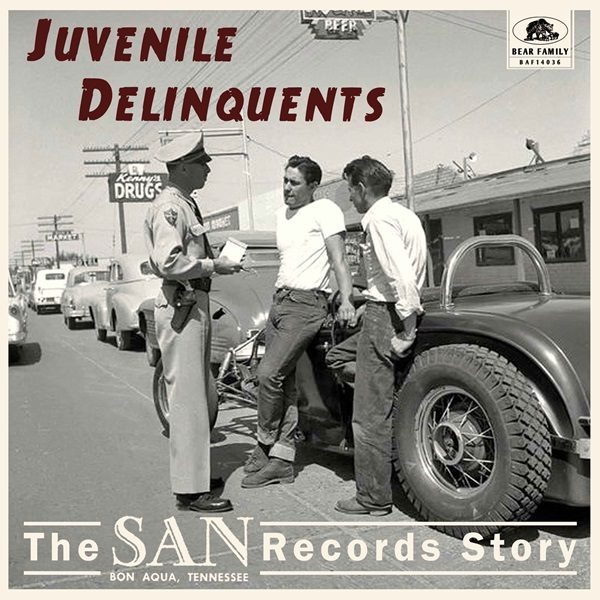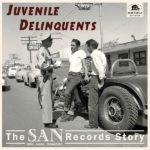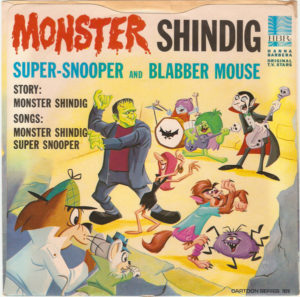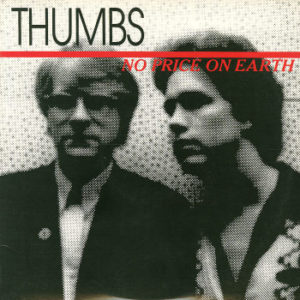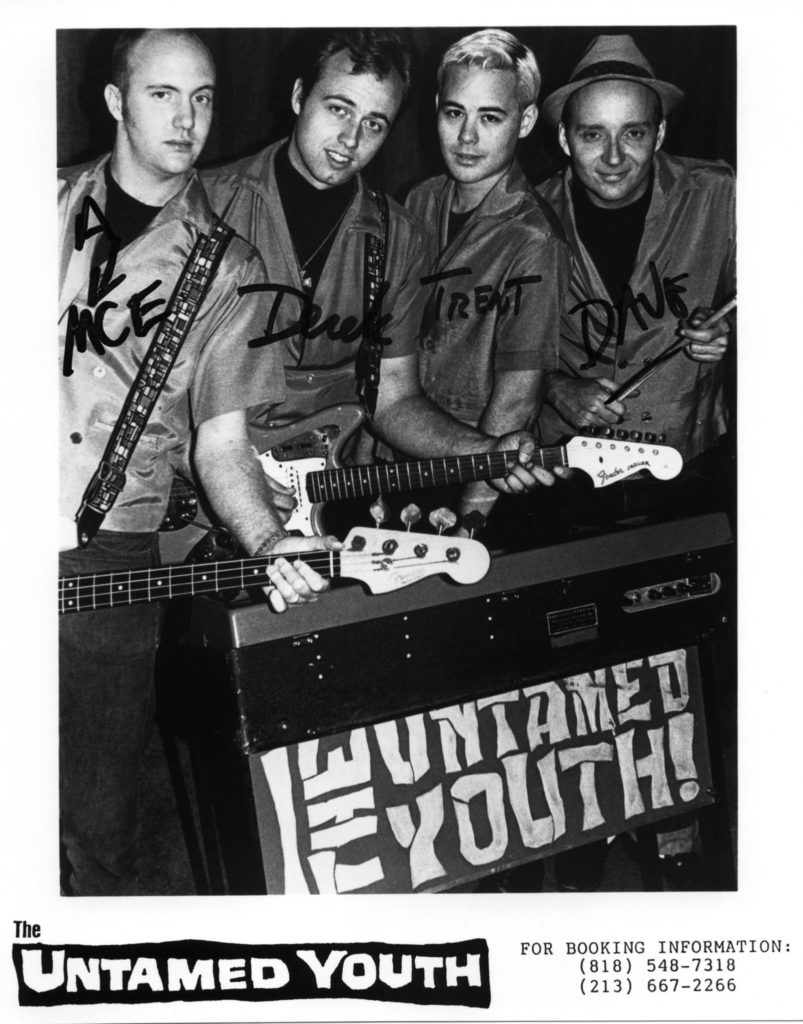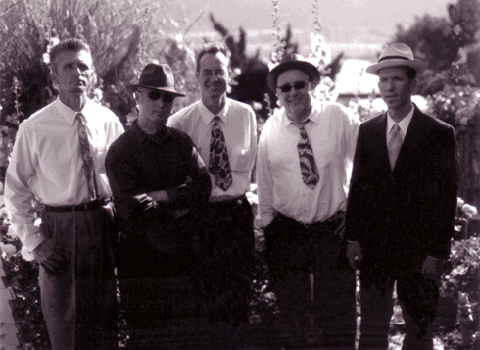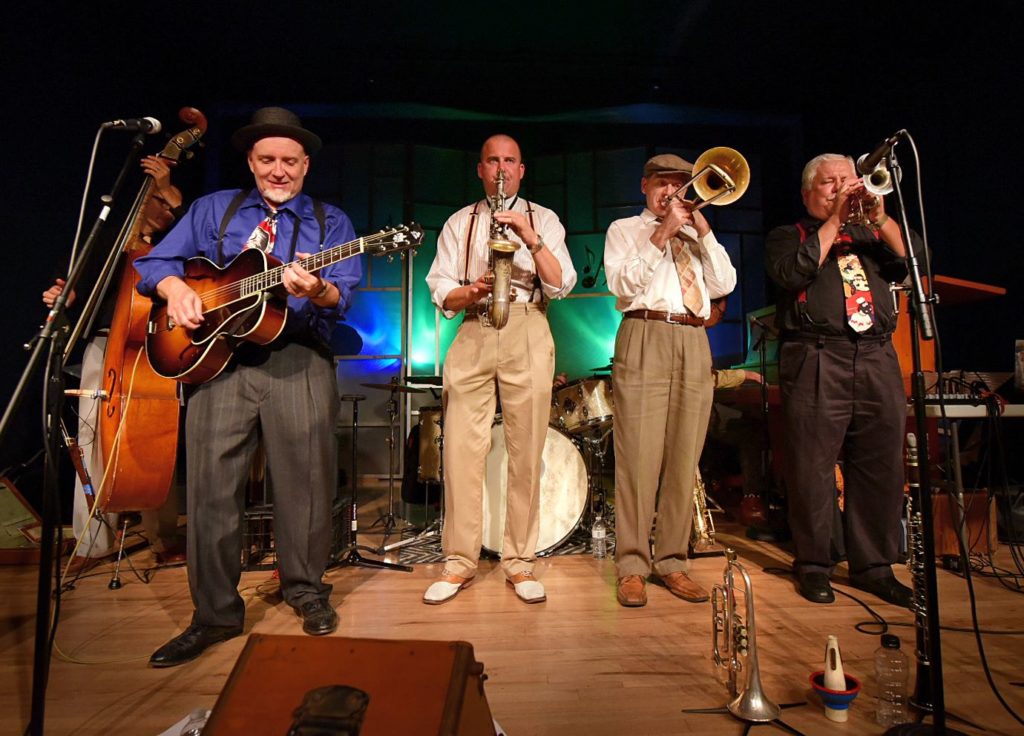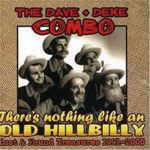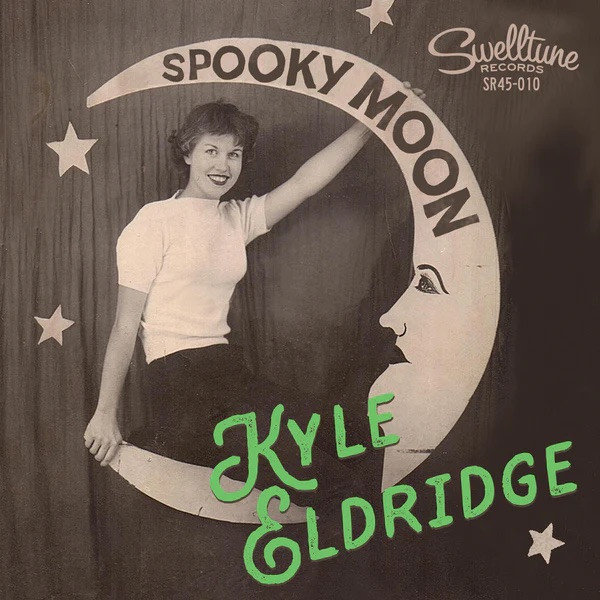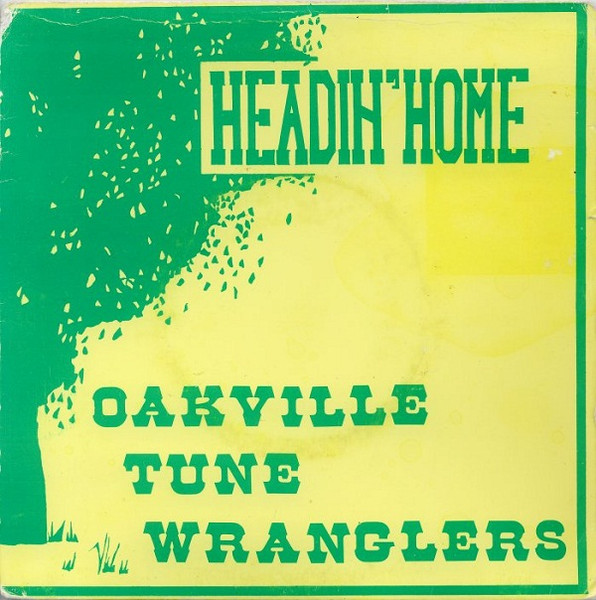The Horton Brothers – Tempo for Two
Texas Jamboree TexJam 0062 [2005]
Hey Little Momma – My Own Two Eyes – North To Dallas – I Ain`t Got Time For Love – More Than I Cay Say – Locked Out Of Love AgainI Had One Too Many – She Tells Me With Her Eyes – Shadows Of The Old Bayou – Yesterday´s Blues – Just Who
Even if they were still active on the scene, The Horton Brothers hadn’t released anything on their own since “Heave Ho“ in 2000. But it was worth the wait because this album is simply great. Just have a look at the musicians: playing with Bobby and Billy are Dave Biller, Buck Johnson and T Jarrod Bonta, the same winning team you find on Shaun Young’s Wiggle Walk. Even if this record is still what you can expect from the brothers (sweet harmonies, beautiful melodies…) I should say, comparing to Heave Ho or Roll back The Rug, that this one is less “rural” and sometimes more 60’s-sounding. The opening track, Bobby’s Hey Little Momma, has a very Buddy Holly feel with his beat à la Not Fade Away. The Buddy Holly connection continues with the Sonny Curtis and Jerry Allison song “More Than I Can Say“. A beautiful version all in subtlety. Another cover, Ruth Brown’s “She Tells Me With Her Eyes” has a very strong Phil Spector feel in it (with those big drums rolls used in place of the “shoo-bee-dooby-wops”). Another highlight is “I Had One Too Many”, The Wilburn Brothers song. They really rocked up this one with a wild boogie piano part and it works. But as usal, if the covers are great, the real strength is in the songs written by the brothers. “My Own Two Eyes” is by far my favorite with a solid tempo and nice harmonies, and “Yesterday’s Blues” is a beautiful slow tempo with sax (played by Billy).
The Horton Brothers – Jack in the Boogie Box
Ecco-Fonic EF-1010 [1997]
Jack in the Boogie Box – Just a Pickin’ and a Slappin’ – Roll, Hot Rod, Roll

After a half-convincing first album on which the two brothers still seemed to be searching for their sound, Bobby (guitar) and Billy Horton (upright bass) moved to Austin. Then, the Horton Brothers began to develop their own style, thanks to Shaun Young (High Noon), who notably advised them to focus more on vocal harmonies.
The first result of this evolution materialized as an EP recorded at Fort Horton Studios and released on Ecco-Fonic Records, Deke Dickerson’s label. The two brothers were backed by Shaun Young on drums and Derek Peterson (Kidd Pharaoh, Jive Bombers) on rhythm guitar.
On side A, we find Jack In the Boogie Box, a mid-tempo hillbilly-boogie penned by Billy, on which the voices of the Horton brothers are reminiscent of the Belew Twins. The duo later re-recorded this song for Heave Ho, their third album.
Side B contains two tunes. The first is an excellent instrumental composed by Bobby, whose program is contained in its title “Just A Pickin’ and A Slappin’” (and also a little drummin’). The second track is a boisterous cover of Oscar McLollie’s Roll Hot Rod Roll.
1200 copies, pressed on black vinyl.
The Horton Brothers – Hey! It’s Bobby and Billy
Crazy Love Records CLLP 6418 [1996]
Hillbilly Hepcat – Smoochin` With My Baby/Please – Hello, Hello – Let`s Go Boppin` Tonight – Talk To You By Hand – The Other Side Of The Moon – The Beaumont Boogie – I Can`t Sit Still – Insomnia – Are You In Love? – Look My Way – Scary Cat – I`m Out
“Hey It’s Bobby & Billy” is the debut album from the Horton brothers on which they are backed by top musicians including Shaun Young, Chris Miller, Tjarko, Lisa Pankratz. It contains good moment but to be honest, it’s far from the Horton sound they developped with their following albums. On this platter they are still in the process of learning their chops and finding their style and the album seems to suffer from a lack of direction. Some songs are good and announce “Roll Back The Rug…” but the sound remains a bit modern. It’s even more evident on some rockabilly material like « Look My Way » or « I Can’t Sit Still » that is closer to the Stray Cats than, say, Rusty and Doug. Not as essential as the rest of their discography but worth a spin nonetheless.
Fred “Virgil” Turgis

